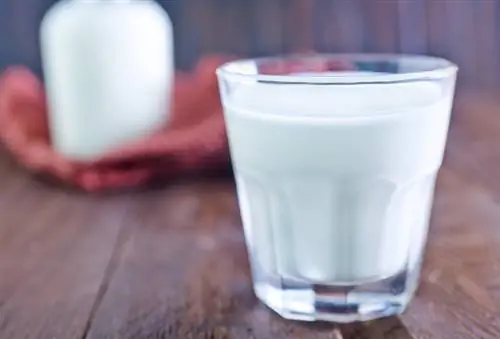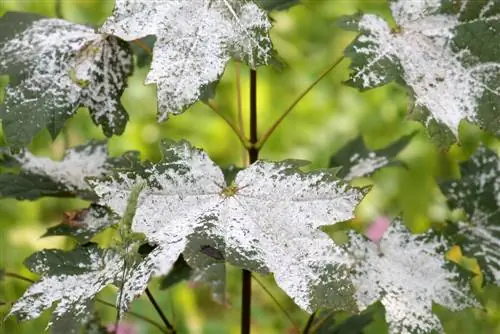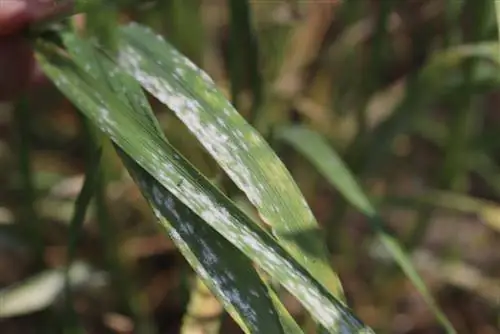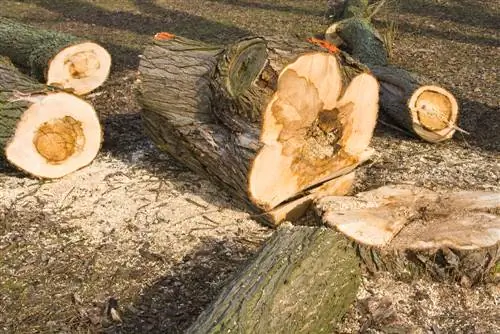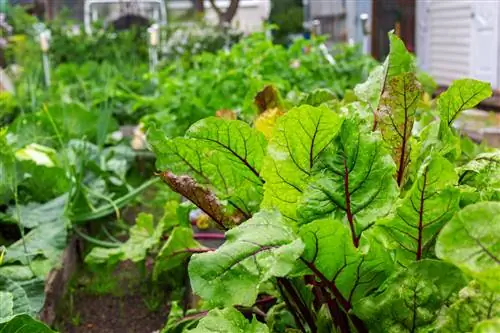- Author admin [email protected].
- Public 2023-12-16 16:46.
- Last modified 2025-01-23 11:20.
In order for oleander to remain an attractive eye-catcher with its shiny foliage and delicate flowers, it needs a suitable location and optimal care. Otherwise, the Mediterranean shrub is unfortunately very sensitive to both pest infestation and fungal infection. Powdery mildew attacks stressed plants, especially in summer.
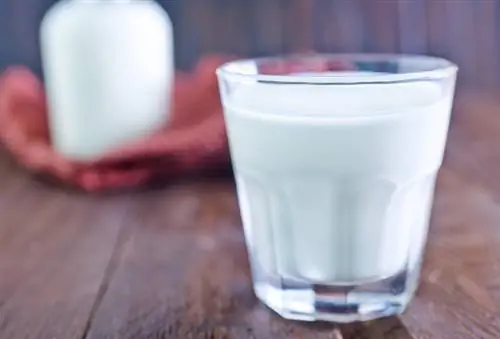
How do you fight mildew on oleander?
To help oleanders with powdery mildew infestation, you should cut back affected parts of the plant and spray the oleander with a mixture of whole milk and water (1:10). Wear gloves when cutting as oleander is poisonous.
Milk helps against powdery mildew
The infection is typically shown by the wipeable, white coating that primarily covers leaves and shoots. Other characteristics include reduced growth and fewer flowers. Although the oleander does not immediately die from powdery mildew, it puts all its energy into combating it. The plant doesn't have much energy left for either growth or flowering. Therefore, you should intervene to help at the first signs. Cut back affected parts of the plant vigorously and spray the affected oleander with a mixture of whole milk and water (in a ratio of 1:10). However, only fresh milk is effective; the necessary fungicidal microorganisms are no longer present in preserved milk.
Tip
Since oleander is poisonous, you should always wear gloves when cutting the oleander.

